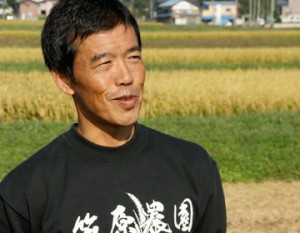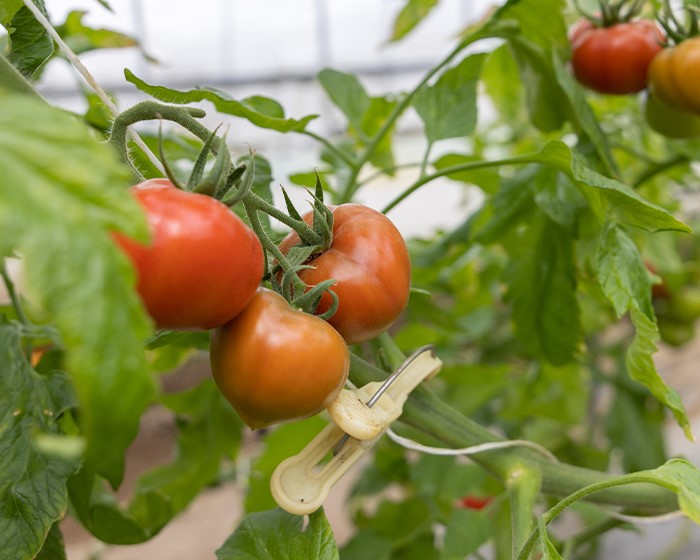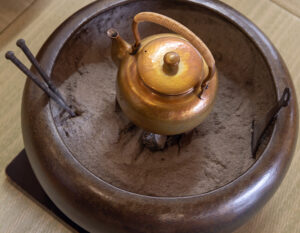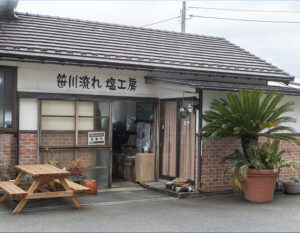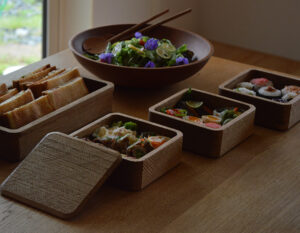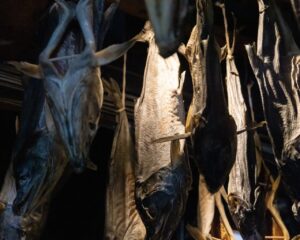Tomatoes are a summer vegetable.
Soga Farm, located in the northern part of Niigata Prefecture, is a farmer specializing in fruit tomatoes, cultivating tomatoes grown in a harsh winter environment that overturns such conventional wisdom.
The farmer is particular about growing tomatoes in a “harsh winter” environment and soil that is highly stressful for tomatoes.
The farm’s tomatoes are small in size but packed with rich sweetness and flavor.
Soga Noen’s special tomatoes
It is not widely known that Niigata Prefecture is one of the top tomato consuming prefectures in Japan. Among these, the Toyoei and Nigorikawa districts in Niigata City’s Kita Ward are the largest producers of tomatoes in the prefecture, although they are not as well known nationwide. The secret lies in the area’s unique fertile soil nurtured by the Shinano and Agano Rivers. Soga Noen, which began producing fruit tomatoes in the 1990s ahead of other farmers as a fruit tomato specialist, has also benefited from this fertile soil.
Tomatoes have a strong image as a summer vegetable. We tend to imagine tomatoes growing bright red in the full sunlight, but Soga Noen’s tomatoes are harvested mainly from April to June. These are “overwintering tomatoes,” meaning that they are cultivated in the fall and survive the snowy winters to become tasty. The term “fruit tomato” does not refer to a specific variety. Fruit tomatoes are simply the same variety as regular tomatoes, but with a higher sugar content. The standard sugar content of tomatoes is said to be 5-6 degrees, but at Soga Farm, tomatoes with a sugar content of 8 or higher are considered fruit tomatoes, and those with a sugar content of 9-10 are sold as “overwintering fruit tomatoes. Tomatoes with a sugar content of 10 degrees are as sweet as watermelon or mandarin oranges. The fertile soil and Niigata’s unique climate produce this rich, mellow sweetness. The use of special soil with rice hulls, as is typical of a rice farm, is also not to be overlooked.
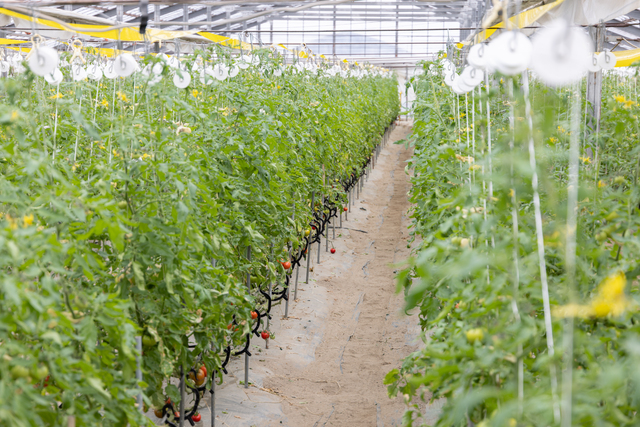
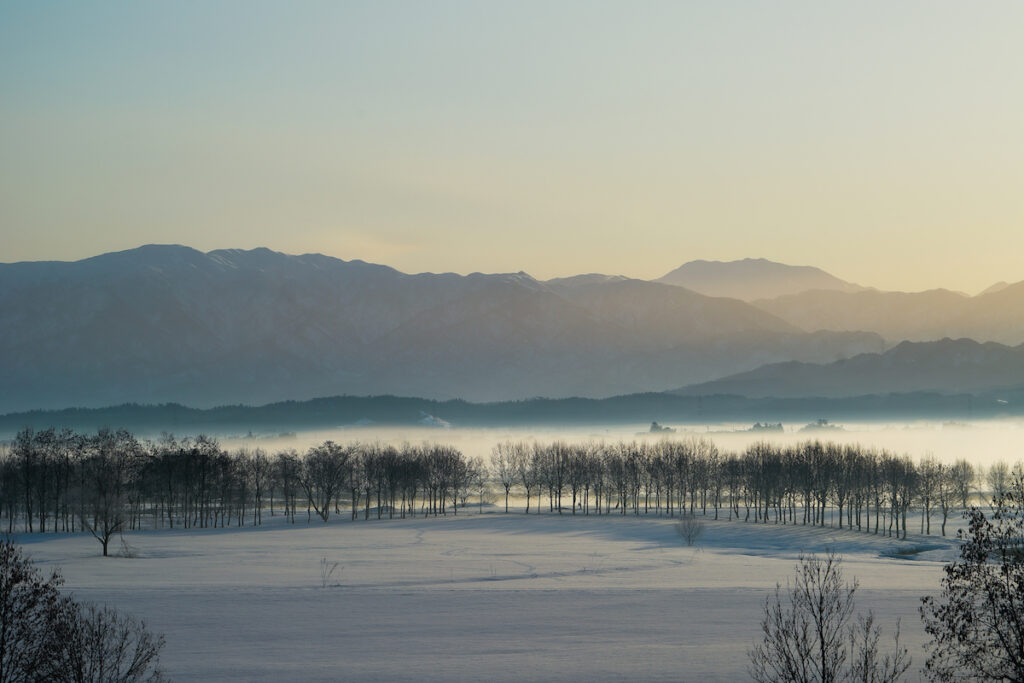
Surprising cultivation method of “overwintering tomatoes
Soga Farm uses a highly acidic variety called “First Series,” which dominated the Showa period (1926-1989) but declined with the advent of “Momotaro,” the variety of most tomatoes on the market today, to slowly bring out the sweetness of the tomatoes over time. Mr. Shinichi Soga (representative of Soga Farm), who has taught himself through trial and error, describes his growing method as follows: “I put stress on the tomatoes to make them store the sweetness firmly. It is like giving muscle training to an athlete,” he describes. Specifically, he limits the amount of water given to the tomatoes during the growing season and allows them to experience cold temperature differences from winter to spring. In winter, the temperature in the greenhouses is kept to the limit of what is possible for growth, and the temperature difference between day and night when spring arrives stimulates and nourishes the tomatoes. This is an unusual method of growing tomatoes. In fact, there was even a year when the tomatoes failed to grow and were completely wiped out. Even so, the desire to “produce the most delicious tomatoes in Japan” led to the birth of fruit tomatoes with distinctive characteristics. Finally, in 2012, the tomatoes won a gold medal at the Vegetable Sommelier Summit. This award, which certifies tomatoes with excellent taste based on “deliciousness,” was the moment when the tomatoes became the best in Japan, both in name and reality.
Although small in size, the sweetness and flavor of these tomatoes is immediately apparent when you hold a bright red fruit tomato in your hand. They were heavier than the tomatoes we usually see. When placed in water, ordinary tomatoes float to the surface, but overwintered fruit tomatoes sink to the bottom. This is the result of the tomatoes’ efforts to protect themselves from drying out by storing nutrients as well as water in their flesh by growing with minimal watering. Mr. Soga also told us that tomatoes with many clear radial stripes, called star marks, which appear on the bottom of the tomato, are the best tomatoes.
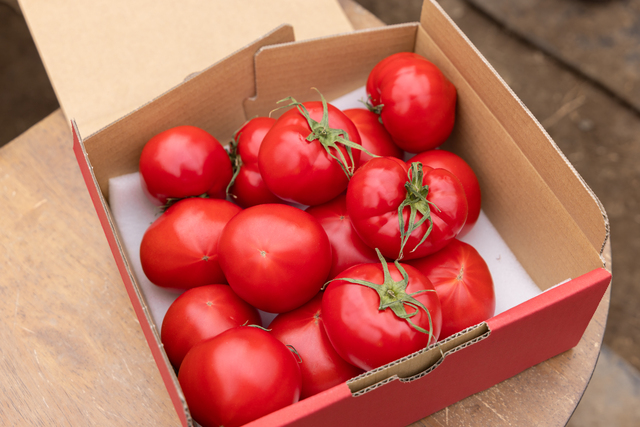
Overwintering Tomatoes” Have Numerous Potentialities
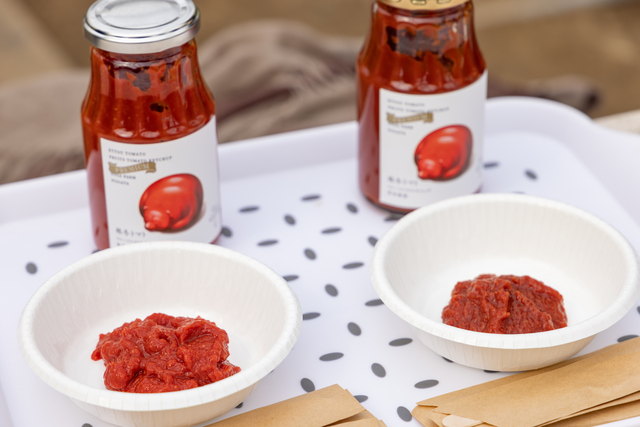
Fruit tomatoes are delicious even when eaten as they are, but their potential is also demonstrated when they are processed into tomato juice or ketchup. The sugar content of ketchup is predetermined by JAS standards, but Soga Noen’s “Echigo-Tomato Ketchup Sauce” achieves this without the addition of sugar, but only the natural sweetness of the tomatoes that are boiled down over time. Of course, no coloring or preservatives are used. It can be used in place of pasta sauce, poured over omelets, and goes well with dishes such as caprese. It also makes a great gift for a loved one. Every year, we have many repeat customers at our direct-sale store. I would like to bring growers and consumers closer together,” says Mr. Soga, who is determined to pursue the possibilities of fruit tomatoes even further. The day may not be far off when this area becomes famous for its tomatoes.
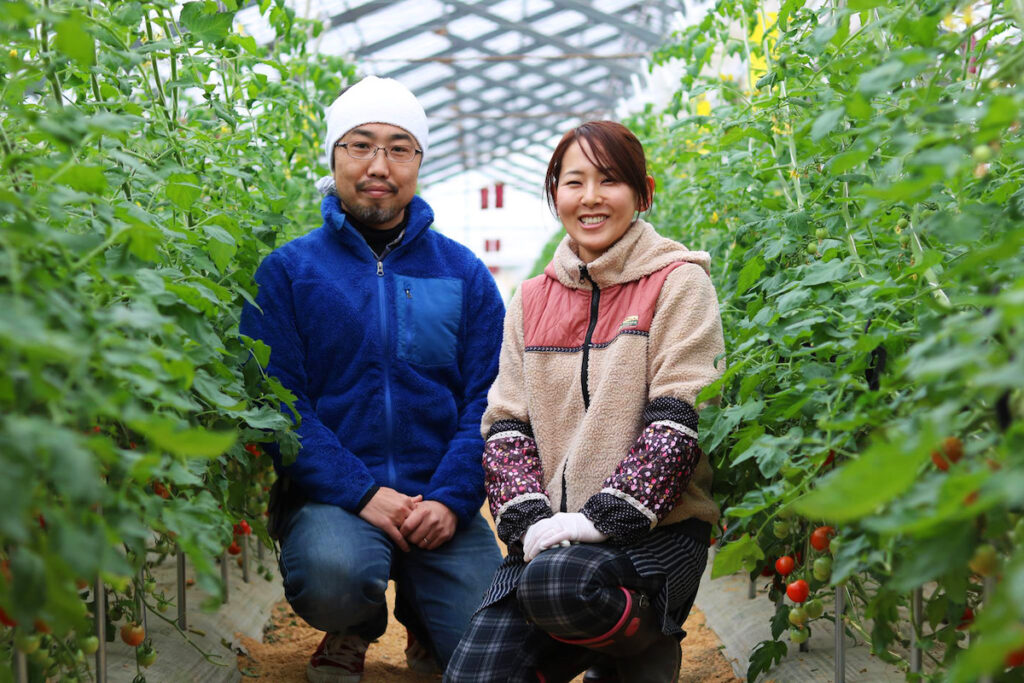
Shinichi Soga (left), a farmer specializing in fruit tomatoes at Soga Farm
Tomatoes that have undergone repeated loading and recovery through Niigata’s harsh winter are densely grown and are like muscles, to use an analogy. In order to always produce the best tomatoes possible, he sometimes resists the forces of nature, and he devotes himself to research day and night, never failing to collect data and observe the fields while deciphering the climate of each year.
